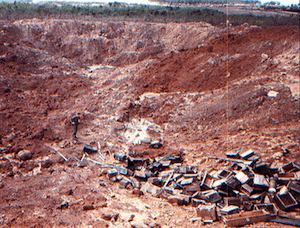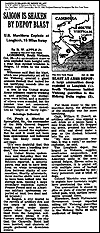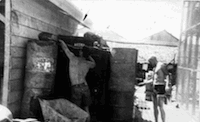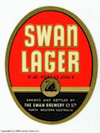28 October A Viet Cong sapper team attacked the Military Assistance Command Vietnam (MACV) Ammunition Supply Depot on Long Binh Post with mortar fire and satchel charges resulting in two soldiers Killed In Action (KIA), nine Wounded In Action (WIA), and 13,000, 8” artillery rounds and, 3,700 propellants destroyed.
Personal Reflections "The October 28th 1966 explosion was the result of a satchel charge, not a mortar round. We had a report that the Viet Cong were spotted in the ammo dump and were clearing the area when the pad went up.
It hurled the shells (250 pounder's) a mile over the compound, landing in a field behind our hootches. One hit a tree branch, broke the branch (big branch) and fell about twenty feet from the kennels." SP/4 Charles J. Hahn, Long Binh Detachment, 212th MP Company (Sentry Dog), 95th MP Battalion, 89th MP Group, 18th MP Brigade, 1966-1967.

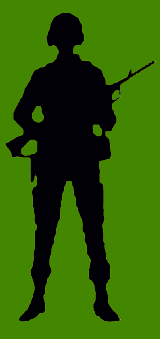







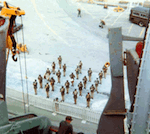



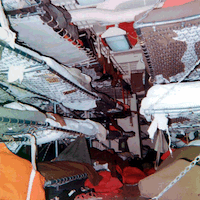
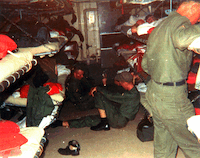
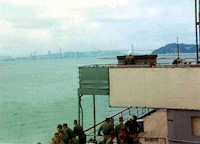
 USSR (Russia)
USSR (Russia)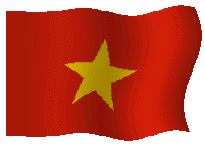 North Vietnam
North Vietnam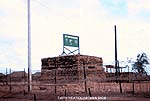
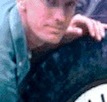 1LT Hannon
1LT Hannon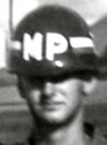 SP/4 Watts
SP/4 Watts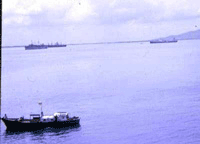
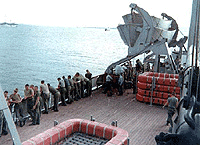
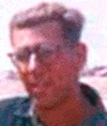 SP/4 Portnoy
SP/4 Portnoy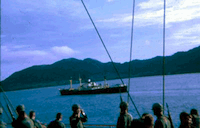









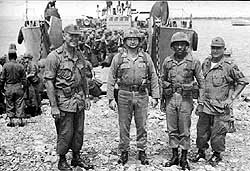



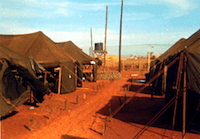
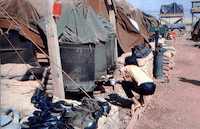
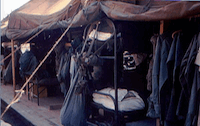

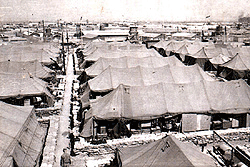
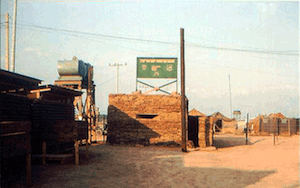

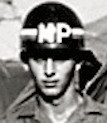 PFC Short
PFC Short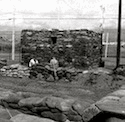
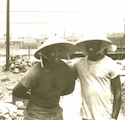

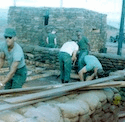
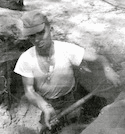
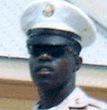 SP/4 Rhodes
SP/4 Rhodes